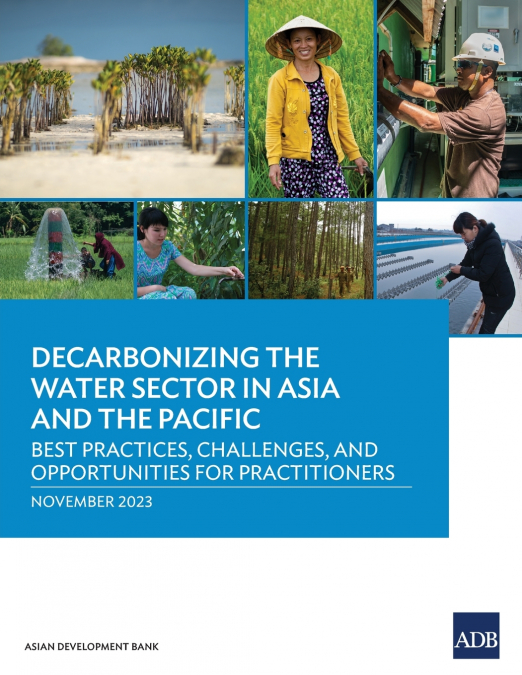
Asian Development Bank
This publication analyzes why Asia and the Pacific’s water sector is a significant source of emissions and shows how boosting efficiency, cutting consumption, and harnessing technology can help decarbonize the sector and improve water security.Designed for use by water professionals and policymakers, the publication evaluates five sectors: water supply, sanitation, water resource management, irrigated agriculture, and land use. Highlighting how emissions from wastewater are on a par with those from aviation, it assesses tools and policies, and outlines ways to mobilize finance to clean up the sector and support the shift towards net zero.